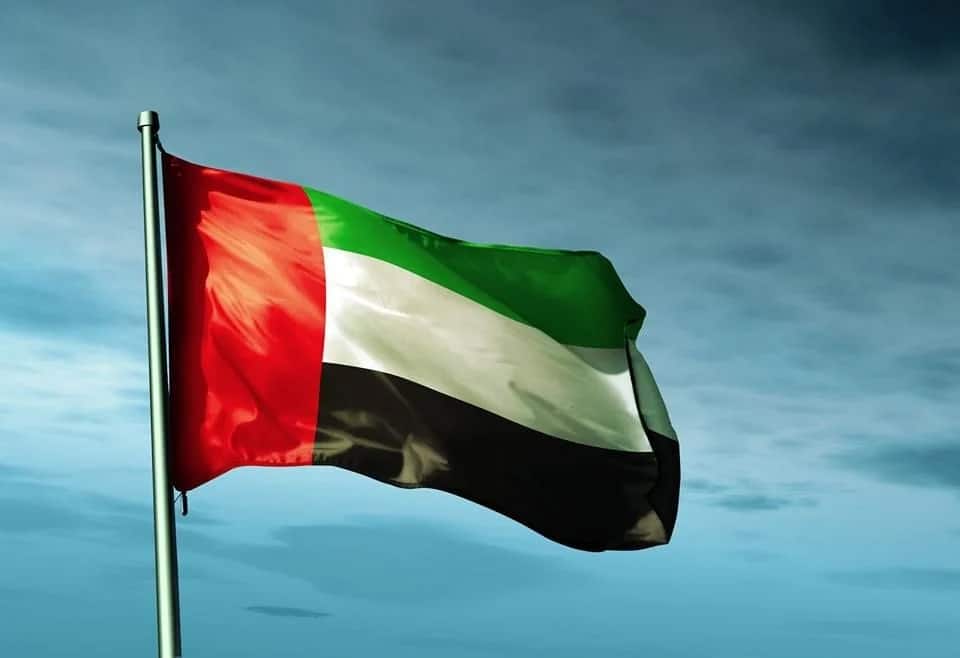Dubai, UAE — The UAE, Saudi Arabia, Kuwait and Qatar were among the top five countries in the Middle East and Africa region that face the least risk to their growth prospects, even though the region as a whole faces significant downside risk due to a potential global economic slowdown impacting exports, a report said.
UAE was the least risk-prone country in the region and 11th globally, followed by Israel and Saudi Arabia.
Lower oil production, high inflation, tighter monetary policies, increased borrowing costs, and the rising cost of servicing debt continue to strain the region’s finances, data and analytics company GlobalData said in its Global Risk Report Quarterly Update — Q1 2023.
Against this backdrop, the risk score of the region increased from 54.3 out of 100 in Q4 2022 to 54.4 in Q1 2023 update, which evaluated 56 countries in the MEA region.
The GCRI risk score in the MEA region has increased continuously for six quarters until Q1 2023, signaling a deteriorating situation.
Factors such as unstable growth, subsidies, and state-owned enterprises operating at a loss, along with external challenges like interest rate hikes and price surges, continue to put pressure on public finances in low and middle-income countries, except for the GCC.
Given the region’s rich resources, it is imperative for economies to prioritize attracting higher investments, as this can significantly contribute to overall economic advancement in the region, the report said.
Ramnivas Mundada, Director of Companies and Economic Research at GlobalData, comments: “The Gulf Cooperation Council (GCC) nations recorded robust growth of 6.3 percent in 2022, which is projected to slow down to 2.3 percent in 2023 mainly due to oil production cuts. However, the non-oil sector will continue to support growth due to the robust performance expected in tourism and construction.”
The update identified two countries in the very low-risk zone, four in the low-risk zone, 11 under manageable risk, 19 under high risk and 20 countries in the very high-risk zone.
“Economic growth in Africa is projected to slowdown from 3.5 percent in 2022 to 2.9 percent in 2023, with a significant slowdown expected in South Africa (0.2 percent in 2023 vs 2.1 percent in 2022), Nigeria (2.8 percent vs 3.1 percent), Algeria (2.8 percent vs 3.1 percent) and Egypt (4.1 percent vs 6.6 percent). The region faces various challenges, including a food crisis, high price levels, rising debt servicing costs due to higher interest rates, and lower levels of investment. These factors pose significant risks to Africa’s economic outlook.”
Out of 153 nations, Angola, Liberia, Mauritania, Sierra Leone, Democratic Republic of the Congo, Chad, Libya, Burundi, Mozambique, Syria, and Yemen were in the list of top 15 highest-risk nations in the GCRI Q1 2023 update.
The Israel-Palestine conflict has garnered significant international condemnation due to the ongoing conflict. The situation remains highly tense and precarious, with no immediate resolution in sight.
In a positive development, Bahrain and Qatar resolved their diplomatic feud in April 2023, leading to the restoration of relations between the two countries. Similarly, in June 2023, the UAE and Qatar restored full diplomatic relations after six years by reopening their embassies. These reconciliations are expected to foster greater regional integration and cooperation.

